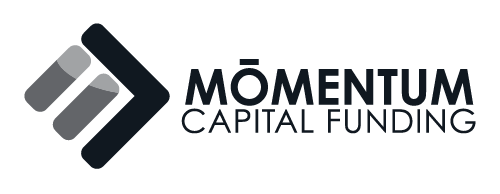For a small business owner, there’s nothing worse than seeing everything look right on paper, then watching your business steadily collapse in spite of meticulous planning and favorable outlook.
Unfortunately, there’s a myriad of financial factors that can sink a small business — factors such as cost increases and inflation.
When entrepreneurs make a business plan, they budget for specific costs; but when these costs unexpectedly get higher, a new business can quickly get overwhelmed. As a result, these higher costs may force a startup to raise its prices; but by doing so, it will lose its competitive edge, which can be fatal for a very young company. Even a slight inflationary increase can have a significant effect on a small business.
While new entrepreneurs are always advised to plan ahead for unexpected price hikes, sometimes it isn’t enough, especially if the extra capital isn’t there. Regardless of planning, higher prices for equipment, goods and services will eat into profits, as well as capital.
Other issues which can sink a new business are late payments, mounting debt and that most dreaded of all scenarios, lack of sales. With any one of these factors at work, your operating capital can dissolve in months, leaving you with unpaid bills and a failed business.
Starting your own small business is always risky, but you can do it right by protecting yourself against these common financial predators that can rob you of your business. Here’s what to look out for, and how to protect yourself.
THE PITFALL OF TOO MUCH DEBT: ELIMINATING UNNECESSARY OVERHEAD COSTS
Unnecessary overhead costs are a major reason for business failure. While we all know that you have to spend in order to earn, overspending is one of the most common mistakes rookie entrepreneurs make during the start-up phase.
It’s important not to buy too much, or too-expensive, inventory. You’re still in the trial-and-error period, so you need to save money to cover the inevitable. This means the expensive, lower-profit inventory which will jazz up your shelves will have to wait until your business shows signs of success.
EMBRACING PROFIT WHILE FORGETTING ABOUT CASH FLOW
Cash flow and profit are two separate entities, and one can’t survive without the other. Just when you’re celebrating your first month’s profits, they can quickly disappear if they are tied up in accounts receivable invoices which aren’t paid in a timely manner.
You can’t have a strong cash flow unless your clients are paying you on time, especially if you’re a wholesaler, manufacturer or supplier. Here are two ways to counter late payments:
- Before taking on a new client, be sure to assess the client’s ability to pay in a timely manner.
- Create a detailed accounts receivable report which defines timing and due-dates for all client collections. In addition to revealing chronically late payers, it will help you pinpoint your cash availability against your upcoming expenses.
FACTORING
When invoices aren’t paid on time, it can drastically impact cash flow. The best solution is a business practice called accounts receivable financing, also known as factoring.
In factoring, a company sells its receivable invoices to a third-party financial business. The factor collects any outstanding payments from customers.
In addition, factoring offers a timely solution if your business needs immediate access to capital. Factoring can provide you with a cash advance of up to 80-95 percent of the invoice, usually within 24 hours.
One of the great advantages of factoring is you can customize it so that your company can get necessary, immediate capital whenever you need it. Plus, you’re not incurring any debt, because it’s not a loan.
In the end, it’s essential to keep a sharp eye on the cost-profit margin of every product and service you offer. By keeping your eye on the bottom line, you can identify what’s making money, what’s losing money and what could be positioning you for failure — or for success.

